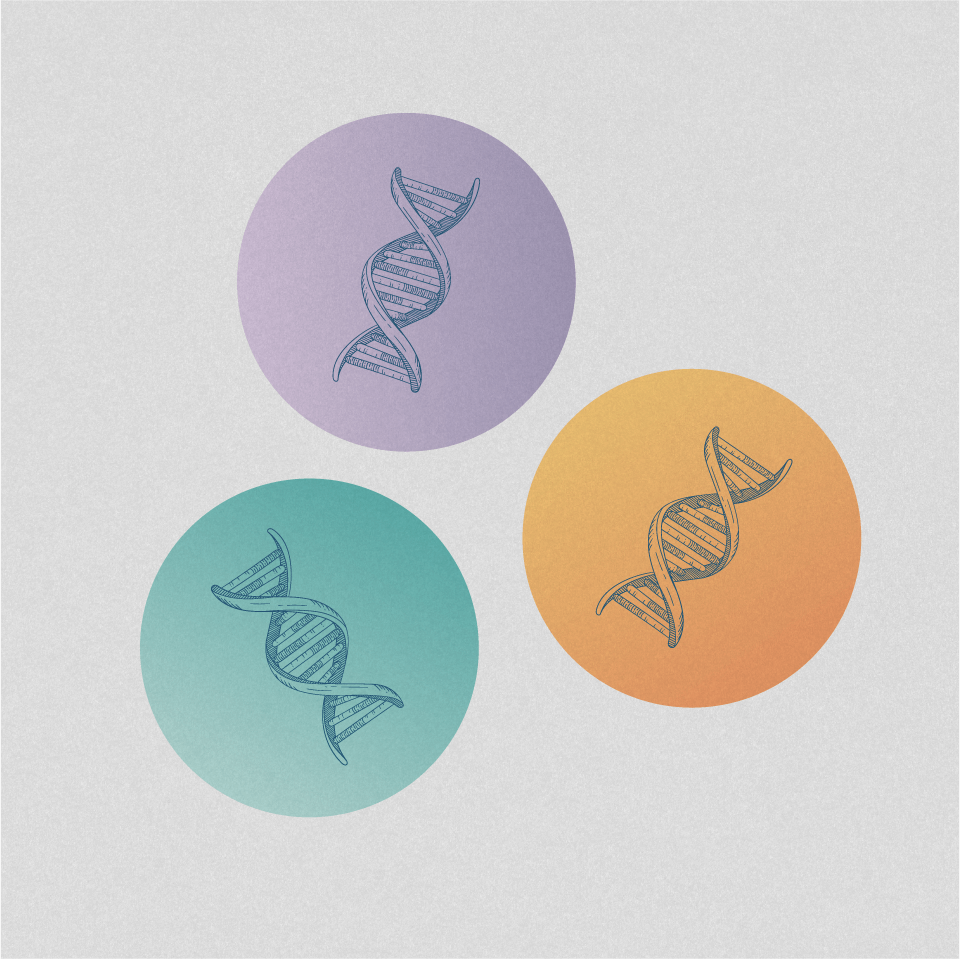
Headache is a common symptom of post COVID-19 syndrome
The volume of literature on patients recovering from SARS-CoV infection (COVID-19) is increasing rapidly, and headache, including migraine-like headaches, has emerged globally as a common and debilitating symptom of the post-, or long-COVID, syndrome.1,2 Understanding the aetiology and evolution of post-COVID-19 headache, and its impact on individuals and healthcare resource utilisation are key priorities for future research.
Prevalence of post-COVID headache
In the early phase of the COVID-19 pandemic it became apparent that, in addition to respiratory symptoms, SARS-CoV-2 infection can have adverse neurological effects,3,4 with headache among the most frequently reported neurological symptoms.3,4 A substantial proportion of patients with headache during SARS-CoV-2 infection continue to experience headaches after recovery from COVID-19.2
One prospective study on headache associated with COVID-19, reported that 38% of patients, presenting at an emergency department with headaches, reported suffering from ongoing headaches 6 weeks after COVID-19 resolution, with the majority experiencing headaches on a daily basis.2
Patients with post-COVID syndrome may suffer from a wide range of symptoms including headaches,5–7 and this is one of the symptoms most troubling to patients.8,9 Outcomes from an online survey suggest that approximately 50% of individuals participating in the survey reported headache as an associated symptom of long COVID-19,7 along with pain, discomfort, and impairment of quality of life.7 A cross-sectional nested cohort study revealed that headache was the first symptom of infection in 26% of patients, and appeared within 24 hours in 62% of patients.9 A recent meta-analysis reported headache in the acute phase of COVID-19 in 47.1% of patients.10 On the basis of this, it has been predicted that as many as 16 million COVID-19 survivors may be experiencing post-COVID headache 6 months after infection,6 and the impact of this on patients' quality of life and healthcare needs is likely to be substantial.
Post-COVID-19 headache phenotypes
Patients with post-COVID headache may be experiencing worsening of a pre-existing primary headache syndrome or new-onset headaches.6 One cohort study reported that the frequency of pre-existing headache among patients with post-COVID-19 headache was 50%, with 29% of patients having a history of migraine,2 while a cross-sectional study of hospitalised patients with a positive COVID-19 test indicated that headache attributed to SARS-CoV infection was of moderate-to-severe intensity, with frontal pre-dominance and an oppressive quality.9 A subgroup of patients may have new daily persistent headache (NDPH), a disorder characterised by new-onset headaches that occur daily, have either migraine-like or tension-type features and are often refractory to standard treatments.6 Post-COVID tension-type new-onset headaches have been described by patients as bilateral, of pressing quality and generally of moderate-to-severe intensity, whereas new migraine-like headaches, seen in a minority of patients, tend to be unilateral, of severe intensity, and often accompanied by photophobia and phonophobia.11
Risk factors for post-COVID headache
Few data are available on the risk factors for post-COVID headache, with most studies having investigated post-COVID syndrome in general.12 Factors associated with post-COVID syndrome overall include female sex, older age, obesity, comorbidities, and a more severe acute phase.13,14
In a prospective study of COVID-19 patients presenting at an emergency department, persistent headaches were seen more frequently in females.2 One case-control study of patients hospitalised for SARS-CoV-2 infection in Spain showed that headache during the acute phase of infection was associated with an almost three-fold increase in the likelihood of developing new-onset, post-COVID tension-type headaches.11 Among these patients with a migraine history, 60% of those with headache during infection and 34% without reported worsening of migraine post-COVID.11 Intensity of headache during the acute phase has also been associated with persistence of headaches post COVID-19,15 but the general severity of acute-phase symptoms does not appear to be a factor, with cases of post-COVID headache reported in patients who had mild initial disease.12 However, it has been suggested that previous migraine history does not appear to be a risk factor for post-COVID headache.2,16
Clinical course of post-COVID-19 headache
There are limited follow-up data on the evolution of post-COVID headache. Results of one meta-analysis suggest that prevalence remains generally stable across follow-up in both hospitalised and non-hospitalised patients from 30 days post-infection to beyond 6 months post-COVID-19.10 Similarly, little is known about treatment outcomes for post-COVID headache; however, if a subgroup of patients develops NDPH, they may have particularly treatment-refractory headaches.6
Future perspectives
Headache, including migraine-like headache, is frequently seen in post-COVID syndrome and can be disabling and difficult to treat.1,2 In light of this, the heterogeneity between studies and findings on post-COVID headache, there is a need for longitudinal studies with longer follow-up to better characterise post-COVID-19 headache and treatment outcomes.
Nalbandian A, Sehgal K, Gupta A, et al. Post-acute COVID syndrome. Nature Med 2021;27:601–15.
Carronna E, Ballvé A, Llauradó A, et al. Headache: a striking prodromal and persistent symptom, predictive of COVID-19 evolution. Cephalalgia 2020;40:1410–21.
Lechien JR, Chiesa-Estomba CM, Place S, et al. Clinical and epidemiological characteristics of 1420 European patients with mild-to-moderate coronavirus disease 2019. J Intern Med 2020;288:335–44.
Mao L, Jin H, Wang M, et al. Neurologic manifestations of hospitalized patients with coronavirus disease 2019 in Wuhan China. JAMA Neurol 2020;77:683–90.
Venkatesan P. NICE guideline on long COVID. Lancet Respir Med 2021;9:129.
Dearing L, Müller F, Sellner J. Headache with SARS-CoV2 infection: a matter of concern. Eur J Neurol 2021;28:3554–5.
Orrù G, Bertolloni D, Diolaiuti F, et al. Long COVID syndrome? A study on the persistence of neurological, psychological, and neurological symptoms. Healthcare (Basel) 2021;9:575.
Sampio Rocha-Filho AP, Alburquerque P, Carvalho LCLS, et al. Headache, anosmia, aguesia and other neurological symptoms in COVID-19: a cross-sectional study. J Headache Pain 2022;23:2.
López JT, García-Azorín D, Planchuelo-Gómez Á, et al. Phenotypic characterisation of acute headache attributed to SARS-CoV-2: An ICHD-3 validation study on 106 hospitalized patients. Cephalagia 2020;40:1432–42.
Fernándes-de-las-Peñas C, Navarro-Santana M, Gómez-Mayordomo V, et al. Headache as an acute and post-COVID-19 symptom in COVID-19 survivors: a meta-analysis of the current literature. Eur J Neurol 2021;28:3820–5.
Fernándes-de-las-Peñas C, Gómez-Mayordomo V, Cuadrado ML, et al. The presence of headache at onset in SARS-CoV-2 infection is associated with long-term post-COVID headache and fatigue: a case control study. Cephalalgia 2021;41:1332–41.
Membrilla JA, Caronna E, Trigo-López J, et al. Persistent headache after COVID-19: Pathophysioloy, clinic and treatment. Neurol Perspectives 2021;1:S31–6.
Crook H, Raza S, Nowell J, et al. Long covid—mechanisms, risk factors, and management. BMJ 2021;374:n1648.
Whitaker M, Elliott J, Chadeau-Hyam M, et al. Persistent COVID-19 symptoms in a community study of 606,434 people in England. Nat Commun 2022;13:1957.
García-Azorín D, Layos-Romero A, Porta-Etessam J, et al. Post-COVID-19 persistent headache: a multicentric 9 months follow-up study of 905 patients. Cephalalgia 2022;42:804–9.
Fernándes-de-las-Peñas C, Gómez-Mayordomo V, García-Azorín D, et al. Previous history of migraine is associated with fatigue, but not headache, as long-term post-COVID symptom after severe acute respiratory SARS-CoV-2 infection: a case-control study. Front Hum Neurosci 2021;15:678472.



